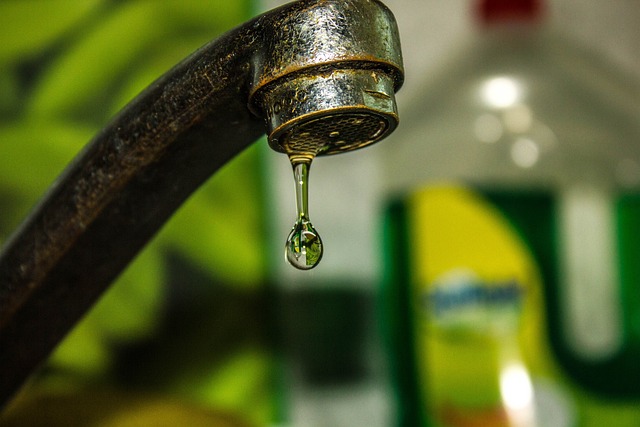Common household plumbing issues like leaky faucets, clogged drains, low water pressure, running toilets, and water heater problems waste water and energy, drive up bills, and can lead to sewer line clogs. Regular inspections and prompt action are crucial for saving money, reducing water waste, enhancing efficiency, and preventing costly plumbing disasters.
“Drip by drip, leaky faucets and stagnant drains add up to significant water and energy waste in homes. This article delves into common household issues like low water pressure, persistent running toilets, and problematic water heaters, offering practical solutions to mitigate these leaks. Furthermore, we explore the root causes of sewer line clogs and provide a comprehensive guide to prevention. By addressing these concerns, homeowners can reduce their environmental footprint, save on utility bills, and maintain efficient plumbing systems.”
- Understanding the Impact of Leaky Faucets and Clogged Drains
- Low Water Pressure: Causes and Potential Solutions
- Running Toilets: Identifying and Addressing the Problem
- Water Heater Efficiency and Common Issues
- Preventing Sewer Line Clogs: A Comprehensive Guide
Understanding the Impact of Leaky Faucets and Clogged Drains
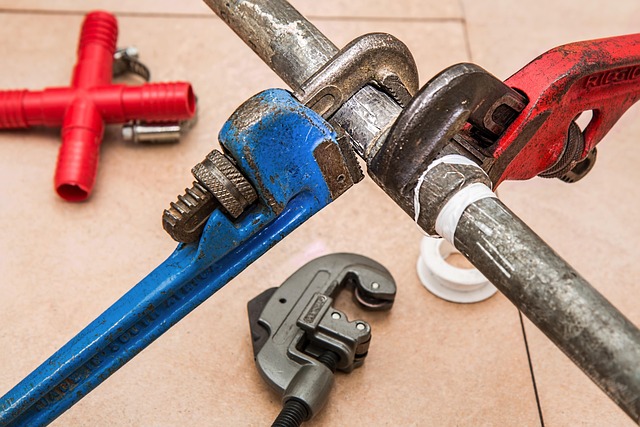
Leaky faucets and clogged drains are often overlooked issues that can significantly contribute to water waste and energy inefficiency in homes. A dripping faucet, while seemingly harmless, can waste up to 20 gallons of water every day, leading to a substantial increase in your water bills over time. Moreover, low water pressure caused by leaks can affect the performance of appliances like dishwashers and washing machines, requiring more effort and energy to complete their tasks.
Clogged drains are another common problem that not only causes water backup but also increases the risk of sewer line clogs. Running toilets, often a result of leaky flush valves or worn-out flappers, can waste thousands of gallons of water annually. Additionally, water heater problems, such as constant running to maintain temperature, can lead to higher energy consumption and increased carbon footprint. Addressing these issues promptly is crucial in saving water, reducing energy costs, and preventing potential plumbing disasters.
Low Water Pressure: Causes and Potential Solutions
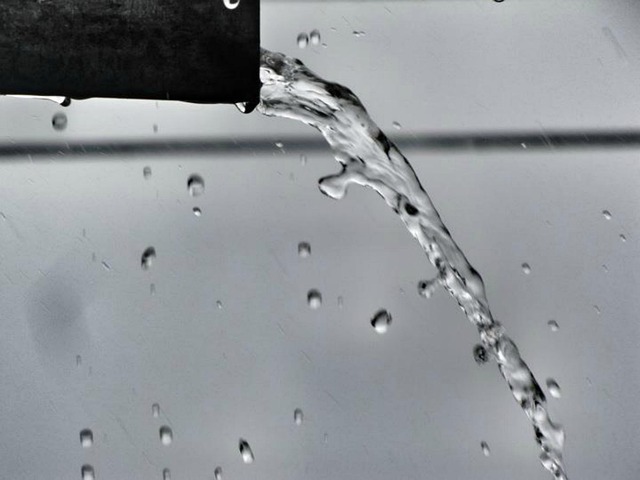
Low water pressure can be a common issue in homes, often caused by several factors that may require attention to prevent further wastage of water and energy. One of the primary culprits is leaky faucets and clogged drains, which can significantly reduce the overall water pressure. Over time, these minor leaks can turn into major problems, leading to excessive water waste and higher energy bills for heating water.
Other potential causes include running toilets, faulty water heater components, or even sewer line clogs that hinder the smooth flow of water. To address these issues, homeowners should regularly inspect their plumbing systems and fixtures for any signs of leaks or blockages. Simple repairs like replacing worn-out washer cartridges in faucets or unclogging drains with household remedies can make a substantial difference. For more complex problems, such as water heater malfunctions or severe clogs, it is advisable to consult professional plumbers who can offer effective solutions while minimizing water waste and energy consumption.
Running Toilets: Identifying and Addressing the Problem

Running toilets are a significant source of water wastage and can contribute to higher energy bills. This common household issue often goes unnoticed, as it may seem like an occasional drip rather than a persistent problem. However, leaky faucets, including those in toilets, can waste hundreds of gallons of water annually, not to mention the extra strain on your water heater and sewer lines.
Identifying the root cause is essential; issues like low water pressure or clogged drains can masquerade as running toilets. For example, a seemingly random drop in water pressure could be due to a hidden sewer line clog, which, if left unaddressed, might lead to more severe problems. Regular maintenance and prompt action when noticing any unusual noises or constant running are key to preventing these issues from becoming costly and time-consuming water heater problems or even larger sewer line clogs.
Water Heater Efficiency and Common Issues
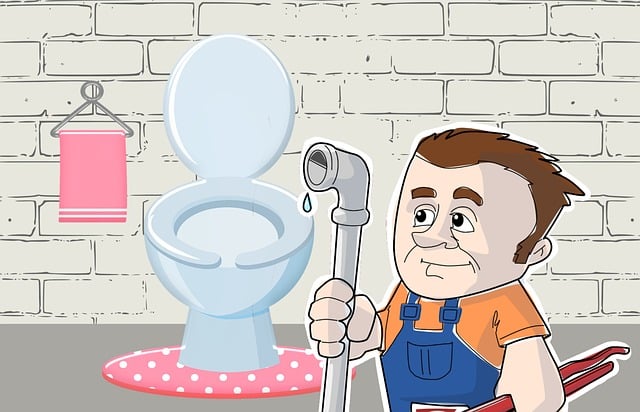
Water heaters are a significant component of any plumbing system, but they can also be a source of inefficiency and waste due to various common issues. One of the most evident problems is leaky faucets, which not only cause water wastage but can also lead to increased energy consumption as hot water escapes continuously. Clogged drains and sewer line clogs are another concern, as they disrupt the normal flow of water, often resulting in low water pressure throughout the house. This can make daily tasks like showering or doing laundry less effective and more time-consuming.
Running toilets are a significant contributor to unnecessary water usage, especially when combined with other water heater problems. If not addressed promptly, these issues can lead to higher energy bills as the heater constantly works overtime to maintain hot water supply. Moreover, faulty heaters may struggle to keep up with demand during peak usage times, further exacerbating inefficiencies and potentially causing discomfort for household members.
Preventing Sewer Line Clogs: A Comprehensive Guide
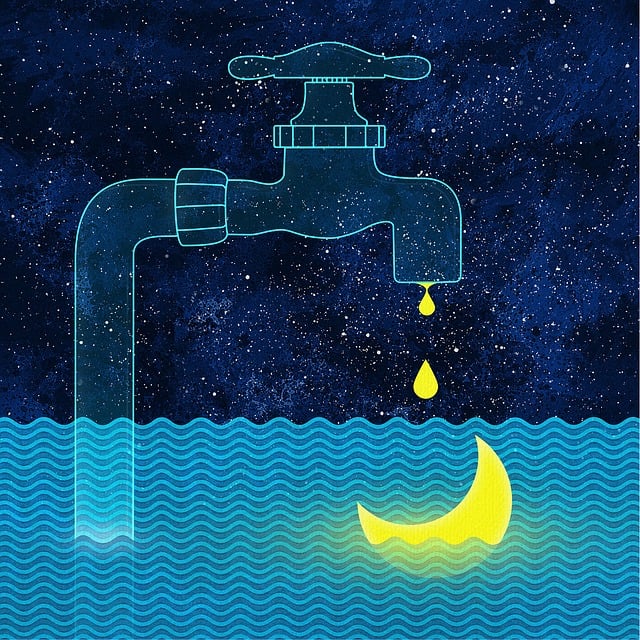
Leaky faucets and running toilets are often culprits in causing low water pressure throughout your home, which can lead to frustrating experiences while showering or using other fixtures. Addressing these issues promptly is key to preventing not only water waste but also potential damage to your plumbing system. Regular maintenance can help keep drains clear and reduce the risk of costly sewer line clogs.
If you’re dealing with clogged drains or persistent low pressure, it could indicate an underlying problem such as a faulty water heater or even issues with your main sewer line. Identifying these problems early is essential. For instance, if your water heater is not functioning optimally, it may affect the overall water supply, leading to weak flow and potential clogs. Similarly, leaky faucets should be repaired promptly to avoid wastage and prevent blockages in the pipes, ultimately saving you from severe plumbing disasters.
